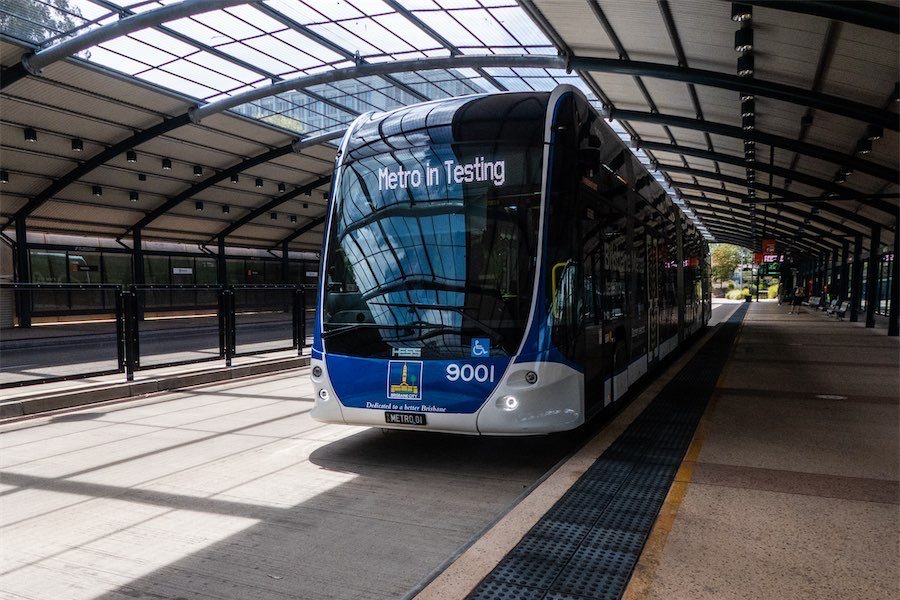THE suburb of Campbell is a perfect case study for the ACT government to showcase how the urban infill model can successfully be achieved in Canberra.
However, future changes to residential zoning proposed by its “Housing Choice” discussion paper and current redevelopments place this at risk and fail to take into account the unique situation and needs of older suburbs such as Campbell.
Mick Gentleman, ACT Minister for Land Development and Planning, is engaging with the Canberra community by way of the “Housing Choice” paper (published in November), seeking to understand if our housing needs are being met and seeks comments on a proposal to increase the number of residential dwellings that can be built on Canberra’s residential blocks. Community comment closes on March 9.
Urban intensification is necessary and is one of the most important challenges facing city planners today. Its implementation can make or break a city. This is particularly so in Canberra with its reputation as a liveable garden city considered a significant asset.
If the government takes a blanket approach to urban intensification based on approving the development of the maximum number of dwellings (up to six) on each suburban residential block that becomes available for development, the consequences for Canberra residents could be bleak. The goal should not be to increase the number of dwellings available at all costs. Instead, a customised approach to housing choices must be applied for each suburb, taking into consideration the current housing choices available, unique characteristics of the area and any potential environmental impact.
Campbell’s landscape has recently changed with a large volume of medium-to-high-density development. Over the last five years, the number of residential units constructed along Constitution Avenue and multi-unit developments in the Residential Zone 2 (RZ2) areas have increased the ratio of single residential dwellings to units/townhouses in Campbell such that it now sits at approximately 50:50. These proportions have been welcomed and are highly valued by the residents of Campbell, who benefit from this combination of housing choices in their area. It also meets recommendations for combined housing and urban infilling as outlined by ACT government policies.
A survey conducted in January and February asked Campbell residents about the housing needs for their area. Respondents represented about 10 per cent of residential dwellings in Campbell and covered the spectrum of housing types and population demographics within the area.
Of those residents surveyed, 77.1 per cent of respondents considered that the existing range of housing options in Campbell was appropriate. Furthermore, 70.6 per cent of respondents disagreed with the government proposal that specifies the need for further infilling to provide a wider range of housing choices.
In Campbell, 70.6 per cent of survey respondents felt that a maximum of two dwellings should be permitted on single residential blocks designated as RZ2. In addition, 82.7 per cent of respondents disagreed with the government’s proposed need for more high-rise and high-density apartments in their area. In short, the vast majority of residents surveyed felt strongly that the right balance of residential housing options was already available in Campbell.
The “Housing Choices” discussion paper also noted the broader perception that people in Canberra over 60 years of age intend to downsize; this was presented to justify the need for new housing choices catering for the mobility impaired and an ageing demographic. However contrary to the discussion paper, 76.5 per cent of Campbell respondents said they were not intending to downsize in the near future.
Of the small percentage of respondents who were considering downsizing, the majority (61.6 per cent) were seeking a single-storey property. Single-storey, affordable, sustainable housing that provides options for the elderly and mobile-impaired are not currently being proposed by developers in Campbell.
Instead, proposals for multi-dwelling, multi-storey housing developments are already being approved for Campbell under the RZ2 code. This goes against the objectives of the RZ2 code, and against the desires and needs of the Campbell community.
Much of Campbell’s infrastructure is aged and the street layout is unsuitable for a mix of vehicles and pedestrians creating major public safety and risk problems.
In summary, while recognising the need for and benefits of a combination residential offering, the community of Campbell already has an adequate, balanced choice of housing. The proposed blanket change to residential zoning legislation, specifically RZ2, will threaten this balance within communities such as Campbell.
Instead, the ACT government could claim victory and preserve this suburb as a national model of urban infilling in a manner that also considers the needs and desires of Campbell’s residents.
Will the government take this opportunity to promote its success resulting from previous residential zoning policies or will it pursue changes to urban infilling policies that will be to the detriment of communities such as Campbell.
Luisa Capezio is a Campbell resident.
Who can be trusted?
In a world of spin and confusion, there’s never been a more important time to support independent journalism in Canberra.
If you trust our work online and want to enforce the power of independent voices, I invite you to make a small contribution.
Every dollar of support is invested back into our journalism to help keep citynews.com.au strong and free.
Thank you,
Ian Meikle, editor




Leave a Reply